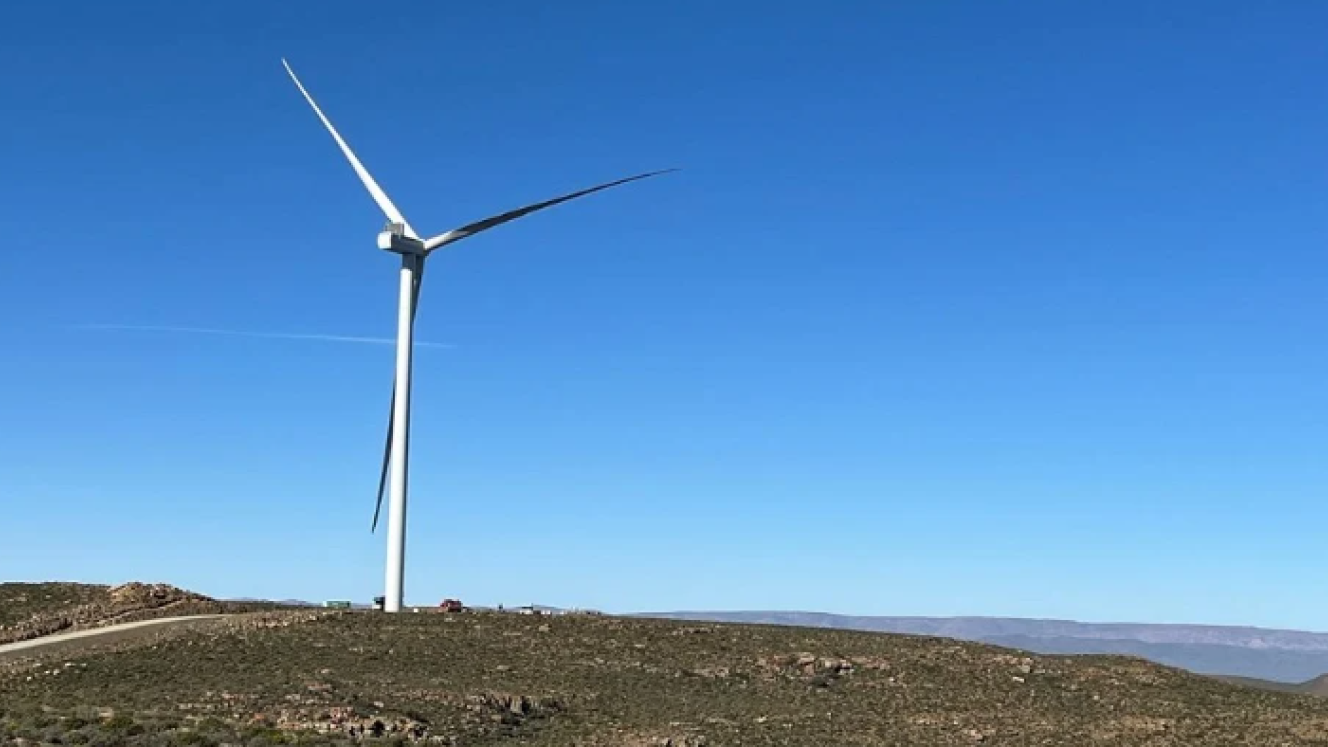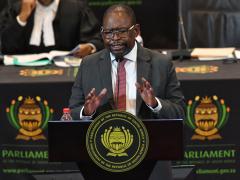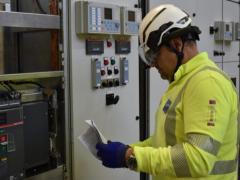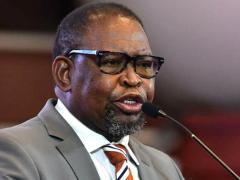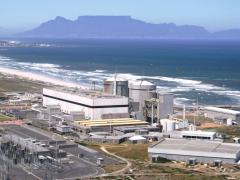The National Energy Regulator of South Africa (NERSA) has approved Eskom’s request to change its electricity tariffs for the 2025/26 financial year. The utility proposed a restructure in November last year to “better reflect” the costs of generation, transmission and distribution across customer segments.
The decision, taken at NERSA’s meeting on February 18, will see significant changes to Eskom’s pricing model with the aim of making tariffs “more transparent, equitable and cost-reflective”, says Nomfundo Maseti, NERSA’s Acting Regulator Member for Electricity Regulation.
The approved plan introduces key structural adjustments to Eskom’s Schedule of Standard Prices, including:
- Unbundling energy charges
NERSA has approved the unbundling of energy charges. The fixed Generation Capacity Charge (GCC) will be phased in gradually, starting at 20% of its proposed level in year one and increasing to 30% in years two and three. A separate legacy charge will also be introduced to cover the costs of independent power producer contracts. “The allocation towards the proposed GCC has been reduced to 20% of its proposed level in year one to protect customers from significant price increases,” says Maseti. - Municipal tariff rationalisation
Municipal tariffs will be consolidated into three categories: Municflex (LPU) for large power users, MunicRate (SPU) for small power users and Public Lighting for non-metered lighting services. “The rationalisation of municipal tariffs into three categories will reduce complexity and aid in better forecasting, which will result in some municipal customers experiencing lower average monthly bills,” says Maseti. - Time-of-Use (TOU) charges
NERSA approved adjustments to TOU periods and rates to “better align with system demand and customer needs”. During high season, morning demand will last for two hours from 06:00 to 08:00, while the evening peak will extend for three hours, from 17:00 to 20:00. In low season, morning demand will also be two hours from 07:00 to 09:00, with the evening peak lasting three hours, from 18:00 to 21:00. Additionally, the peak-to-standard ratio will change from 1:8 to 1:6 and standard operating hours on Sunday evenings will be modified to run from 17:00 to 19:00. - Residential tariffs
For residential users, Eskom will introduce cost-reflective tariffs for Homepower and Homeflex with a phased-in fixed service charge over three years. Additionally, the Inclining Block Tariff (IBT) structure for Homepower and Homelight tariffs will be removed. Maseti explains that the removal of IBT tariffs “simplifies the pricing model and will have a positive impact on low-consuming customers”. - Network and service charges
Network charges will be split into fixed and variable components to “better reflect cost structures”. Additionally, service charges will be based on the number of points of delivery instead of accounts, ensuring fairness and better cost allocation, Maseti says.
The affordability subsidy credit for customers wheeling energy will be removed to ensure all users contribute fairly to inter-tariff subsidies. Meanwhile, transmission loss factors for generators will be amended to reflect the current network configuration, addressing instances where Eskom was previously paying generators in certain transmission zones, Maseti says.
“The decision has considered the concerns raised by stakeholders regarding the rationalisation of tariffs and fixed charges. In this regard, the fixed component of the service charge will be phased in over three years. The allocation towards the proposed GCC was reduced to 20% of its proposed level in year 1 to protect customers from significant price increases. Furthermore, the rationalisation of municipal tariffs into three categories will reduce complexity and aid in better forecasting, which will result in some municipal customers experiencing lower average monthly bills,” Maseti says.

